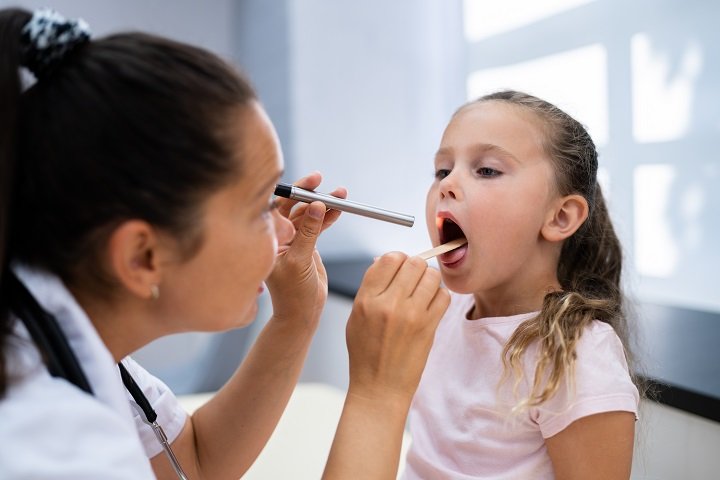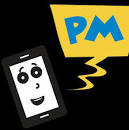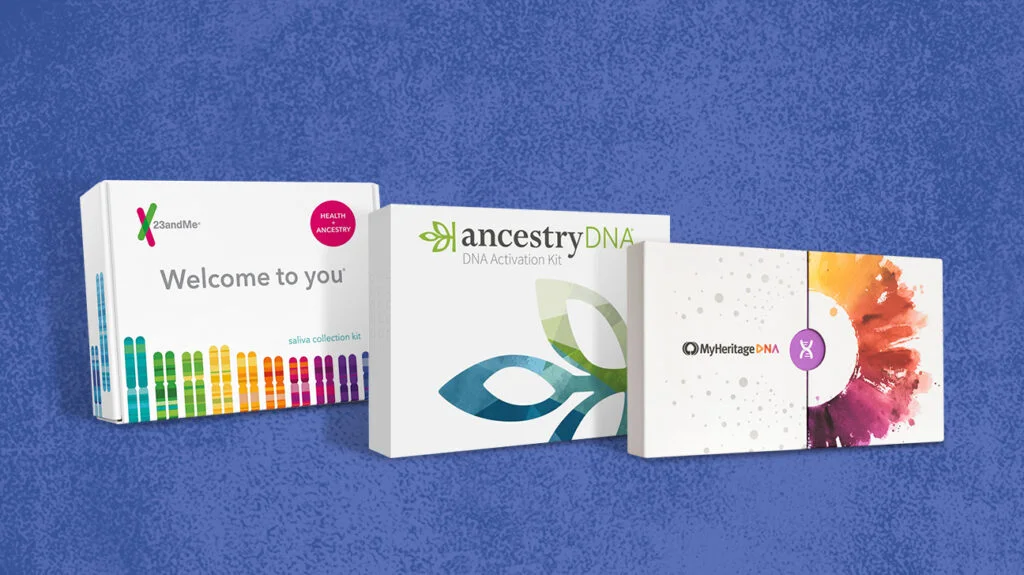With school back in session and the colder months around the corner, children are more susceptible to sniffles, sore throats, and other common illnesses. While preventive measures like mask-wearing and social distancing help reduce the spread of germs, they can’t eliminate every risk—especially for children who are still developing their immune systems. According to Bayhealth Pediatrician Taqdees Afreen, MD, frequent sickness in children is expected, particularly for those attending daycare or school for the first time.
It’s not uncommon for kids to experience six to eight colds per year, which means they could fall ill multiple times throughout the school year. Most of these illnesses are viral and resolve on their own. However, knowing when to seek medical attention is crucial. Below, we explore common childhood illnesses and the signs that indicate a doctor’s visit may be necessary.

Common Childhood Illnesses and Their Symptoms
1. Upper Respiratory Infections (Common Cold)
The most frequent illness among children is the common cold, often seen in daycare and school environments. It is caused by viruses that affect the upper respiratory tract, leading to symptoms such as:
- Runny or stuffy nose
- Sneezing
- Congestion
- Coughing
- Mild fever
In most cases, a common cold will subside within 7-10 days without medical intervention. However, complications can arise, requiring medical attention.
When to Call the Doctor
- Symptoms worsen instead of improving after a week.
- High fever (above 101°F) that doesn’t go down with medication.
- Difficulty breathing or wheezing.
- Thick yellow or green mucus that lasts over 10 days.
- Symptoms of dehydration (dry lips, lack of tears, reduced urination).
2. Bronchitis and Bronchiolitis
Bronchitis occurs when the infection moves into the lower respiratory tract, leading to increased congestion and wheezing. In infants and toddlers, this condition is called bronchiolitis and often requires additional management.
Signs of Bronchitis/Bronchiolitis
- Persistent cough lasting more than 10 days.
- Wheezing or difficulty breathing.
- Extreme fatigue and loss of appetite.
- High fever with chest discomfort.
Children with asthma may need a nebulizer or inhaler for symptom relief. Consult a pediatrician if symptoms become severe.
3. Ear Infections and Sinusitis
Ear infections are another common complication that can develop from colds. Sinus infections (sinusitis) can also result when mucus builds up in the nasal cavities, leading to bacterial growth.
Signs of an Ear Infection or Sinusitis
- Ear pain or persistent ear pulling in younger children.
- Difficulty sleeping due to discomfort.
- Irritability and crying.
- Thick nasal discharge lasting over 10 days.
- Facial pain and pressure around the eyes or forehead.
4. Sore Throats and Strep Throat
Sore throats are a frequent complaint among school-age children. While most cases resolve on their own, strep throat—caused by Streptococcus bacteria—requires medical treatment.
Symptoms of Strep Throat
- Severe sore throat with difficulty swallowing.
- Fever above 101°F.
- Red, swollen tonsils with white patches.
- Swollen lymph nodes in the neck.
A rapid strep test can confirm the diagnosis, and antibiotics will be prescribed if necessary. If untreated, strep throat can lead to complications like rheumatic fever.
5. Urinary Tract Infections (UTIs)
Urinary tract infections (UTIs) are common in young children and are often linked to poor bathroom hygiene or irritants like bubble baths.
Signs of a UTI in Children
- Pain or burning sensation during urination.
- Frequent urge to urinate with little output.
- Foul-smelling or cloudy urine.
- Fever and irritability (in younger children).
A pediatrician can diagnose a UTI with a urine test and prescribe antibiotics if needed.
When to Seek Medical Attention
Parents should contact their child’s doctor if they notice:
- High fever, particularly above 101°F.
- Difficulty breathing or wheezing not related to asthma.
- Persistent cough or thick nasal mucus lasting over 10 days.
- Signs of dehydration (few wet diapers, dry mouth, sunken eyes).
- Severe sore throat, particularly with fever and swollen glands.
- Pain or burning during urination.
Given that many symptoms overlap with COVID-19, it is crucial to consult a doctor for guidance on testing and school attendance.
Preventing Childhood Illnesses
While it’s impossible to prevent all illnesses, these habits can help reduce the frequency and severity of infections:
- Handwashing: Teach children to wash hands frequently with soap and water.
- Vaccination: Stay up to date on childhood immunizations, including flu and COVID-19 vaccines.
- Hydration: Encourage water intake to keep mucus membranes moist.
- Proper Hygiene: Teach kids to cover their mouths when sneezing and coughing.
- Healthy Diet: A well-balanced diet rich in vitamins supports immune function.
Frequently Asked Questions:
1. How long should a child’s cold last?
Most colds last between 7-10 days. If symptoms persist beyond this timeframe or worsen, consult a pediatrician.
2. Can a sore throat be a sign of something serious?
Yes, if accompanied by fever, swollen glands, or white spots on the tonsils, it may be strep throat, which requires antibiotics.
3. What are natural remedies for childhood colds?
Ensure proper hydration, use a cool-mist humidifier, and offer warm liquids like honey and lemon (for children over 1 year old).
4. How do I prevent my child from getting sick frequently?
Encourage frequent handwashing, maintain a healthy diet, ensure good sleep habits, and keep up with vaccinations.
5. What should I do if my child has a persistent cough?
If the cough lasts more than 10 days, worsens, or is accompanied by wheezing or fever, consult a doctor.




